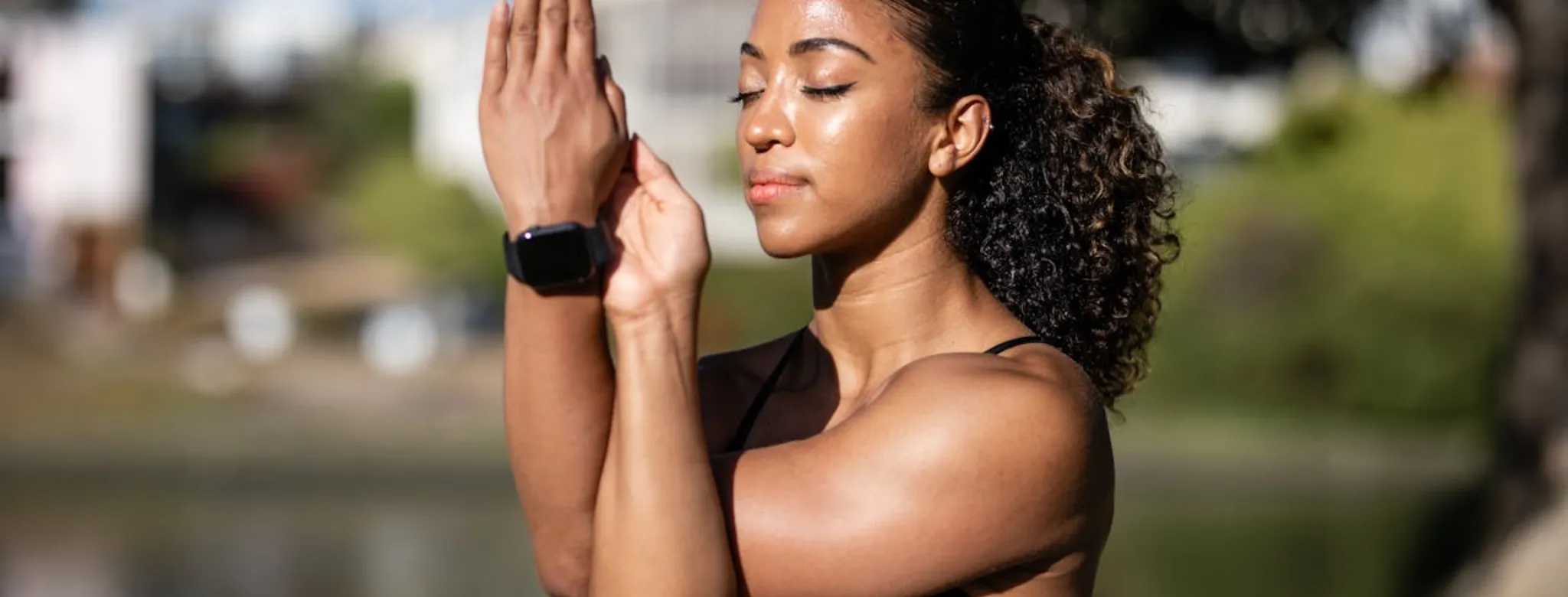
10 Ways Fitness and Wellness Businesses Can Appeal to Millennials and Gen Z
August 8, 2025
When it comes to running a successful fitness or wellness business, understanding who your clients are and what interests them should be top of mind. Keeping a pulse on generational trends and shifting consumer preferences isn’t just a marketing strategy, it’s a growth strategy.
Millennials and Gen Z are among the most influential consumer groups in fitness and wellness, as they purchase more wellness products and services than older generations. While they make up just 36% of the U.S. adult population, these younger generations drive more than 41% of annual wellness spending. By comparison, adults ages 58 and older represent a nearly equal share of the population but account for just 28% of spending.
Whether they’re hitting the gym, joining a yoga studio, or exploring holistic wellness options, their expectations are shaping the future of the industry. If you want to attract and retain these demographics, understanding their needs, values, and behaviors is essential.
In this blog, we’ll break down how to connect with these generations in meaningful ways so your business can stand out, stay relevant, and build long-term loyalty.
How millennials and Gen Z shape the wellness industry
Millennials and Gen Z are intentionally reshaping the wellness industry. Research shows that they're more proactive about their health, striving for longevity and well-being while avoiding burnout and maintaining a good work-life balance and flexibility.
As they prioritize their well-being, they aim to incorporate preventative measures through fitness, mindfulness, and holistic wellness to support their overall health. Gen Z is the top spender on mindfulness-related services like meditation classes, therapy sessions, and mindfulness apps. And 56% of Gen Z consumers say fitness is a very high priority in their lives.
Younger consumers report higher levels of burnout and worse overall health compared to older age groups. With more exposure to health content on social media, they’re more aware of wellness solutions and more eager to take action. Their top wellness concerns reflect this mindset. For Gen Z, the top three priorities are better health, better sleep, and improved appearance. For millennials, it's better health, better sleep, and greater mindfulness. Understanding these priorities is key to capturing the attention and loyalty of these generations of wellness consumers.
Here are some practical ways your fitness or wellness business can appeal to these influential audiences.
1. Establish a digital presence
Millennials and Gen Z live online—which means your business needs to as well. A strong digital presence starts with a well-designed, mobile-friendly website that clearly communicates your offerings, pricing, and customer testimonials. It should be easy to navigate, visually appealing, and regularly updated. In addition, maintain active social media profiles where you can showcase your services, culture, and community. Share engaging content like client success stories, fitness or beauty tips, behind-the-scenes videos, and trending wellness topics to capture their attention and build trust with your audience.
2. Offer flexible and convenient booking options
Convenience is key for younger consumers. They expect seamless, on-the-go access to everything, especially when it comes to scheduling. Offering online booking through your website or app, flexible time slots, and the ability to reschedule or cancel easily is essential. Mindbody's app and branded web tools allow your clients to view, book, and make purchases around the clock. The easier it is to book and manage services, the more likely Gen Z and millennials are to become loyal clients.
3. Create personalized experiences
Personalization shows clients that you care about their unique needs and goals. Use emails, text messages, and feedback surveys to connect with your audience. With Mindbody’s integrated marketing tools, you can take personalization a step further by setting up targeted SMS and email campaigns. These allow you to reach both current and prospective clients with special offers, service updates, and personalized messages—making each touchpoint feel relevant and timely.
4. Integrate technology into your offerings
Millennials and Gen Z are tech-savvy and expect technology to enhance their wellness experiences. Whether it’s wearable fitness trackers that sync with your programs, smart equipment in your studio, or virtual classes on-demand, integrating tech makes your business more relevant and accessible. Use apps to deliver digital progress reports, offer virtual coaching, or allow clients to track their wellness goals. These features not only improve engagement but also demonstrate innovation and value.
5. Offer holistic wellness services
Today’s younger clients are prioritizing holistic wellness to support their physical, mental, emotional, and social well-being. They're embracing services like nutrition coaching, breathwork classes, recovery treatments, massage therapy, and energy healing for a more comprehensive approach to health. Expanding your business offerings to include these services is a smart way to meet their evolving needs and support them in every stage of their wellness journey, while also opening new revenue streams and differentiating your brand in a competitive market.
6. Prioritize community
Millennials and Gen Z place a high value on belonging. They want to feel part of something bigger than themselves. Your business can foster this by creating an inclusive and welcoming environment. Consider offering group classes, workshops, or fitness challenges that build camaraderie and motivation. Host social events or wellness mixers to help clients connect outside of their regular sessions. A strong community keeps clients engaged and coming back—because they’re not just attending a class, they’re joining a community.
7. Focus on functional fitness
Younger generations are increasingly interested in fitness that supports their everyday performance and longevity. Functional fitness training like strength training, mobility work, HIIT, and recovery-focused classes are in demand. These offerings help clients feel stronger, move better, and reduce injury risk, aligning with their desire for proactive health maintenance and sustainable results.
Appeal to prospective clients by showcasing the real-life benefits of functional training across your website and social media channels. Highlight how it helps them move better, feel stronger, and perform everyday tasks with ease.
8. Expand your retail options
Retail can be a powerful revenue stream, especially when stocked with items Gen Z and millennials already prioritize. These younger consumers value functional nutrition, turning to supplements, protein powders, and pre/probiotic drinks to support their goals. Gyms and studios can boost sales by offering these essentials, while spas and salons can expand into skin and hair care products that complement in-house treatments and extend results.
9. Offer more in-person services and experiences
While millennials and Gen Z are digital natives, they also value in-person experiences, especially when it comes to wellness. Demand is rising for boutique fitness classes, IV treatments, and wellness retreats. Research shows many are willing to travel two or more hours for services like yoga, thermal therapies, and detox retreats.
This trend signals a growing appetite for immersive, meaningful experiences that allow them to disconnect, recharge, and prioritize their well-being. Expanding your in-person offerings can help meet this demand and attract new, experience-driven clients.
10. Prioritize mental health and mindfulness
With high levels of stress and burnout, millennials and Gen Z are proactively looking for ways to manage their mental health—beyond traditional therapy. From mindfulness apps and breathwork to fitness routines and self-care rituals, these consumers are exploring diverse ways to feel better. In fact, 42% of Gen Z and millennials in the U.S. say mindfulness is a very high priority.
Your business can tap into this demand by offering services that support achieving emotional balance and mental clarity, like meditation classes, sound baths, and guided journaling. Creating a space where mental wellness is prioritized makes your business more relevant, compassionate, and impactful.
Speak the language of millennials and Gen Z
As younger consumers continue to drive change in the fitness and wellness industry, staying current with trends and evolving preferences is essential for growth. Both the industry and your clients’ expectations are constantly shifting, so your business needs to adapt to keep up. As you plan for future success, focus on what today’s consumers truly value and explore new ways to meet their needs.


